Back to Courses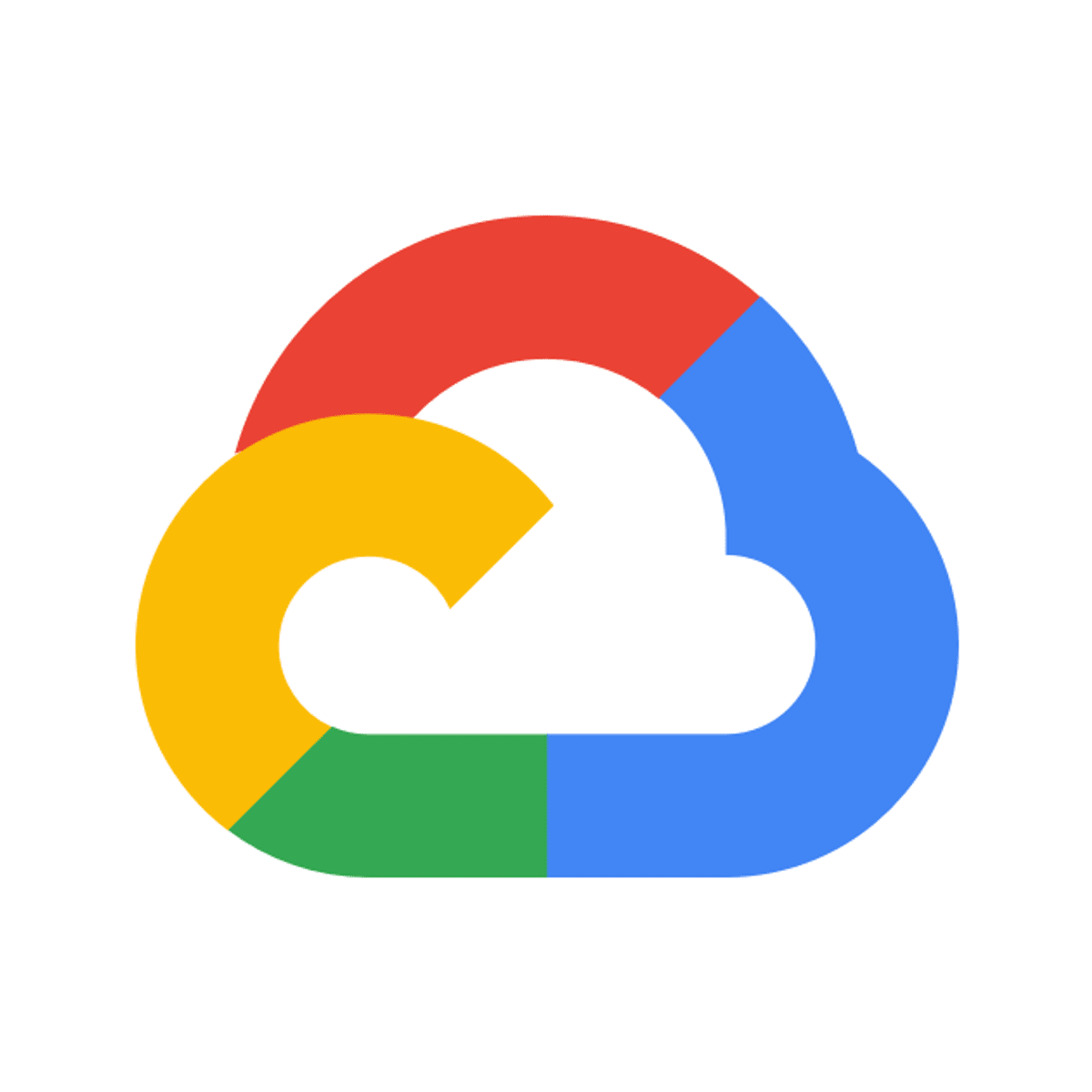
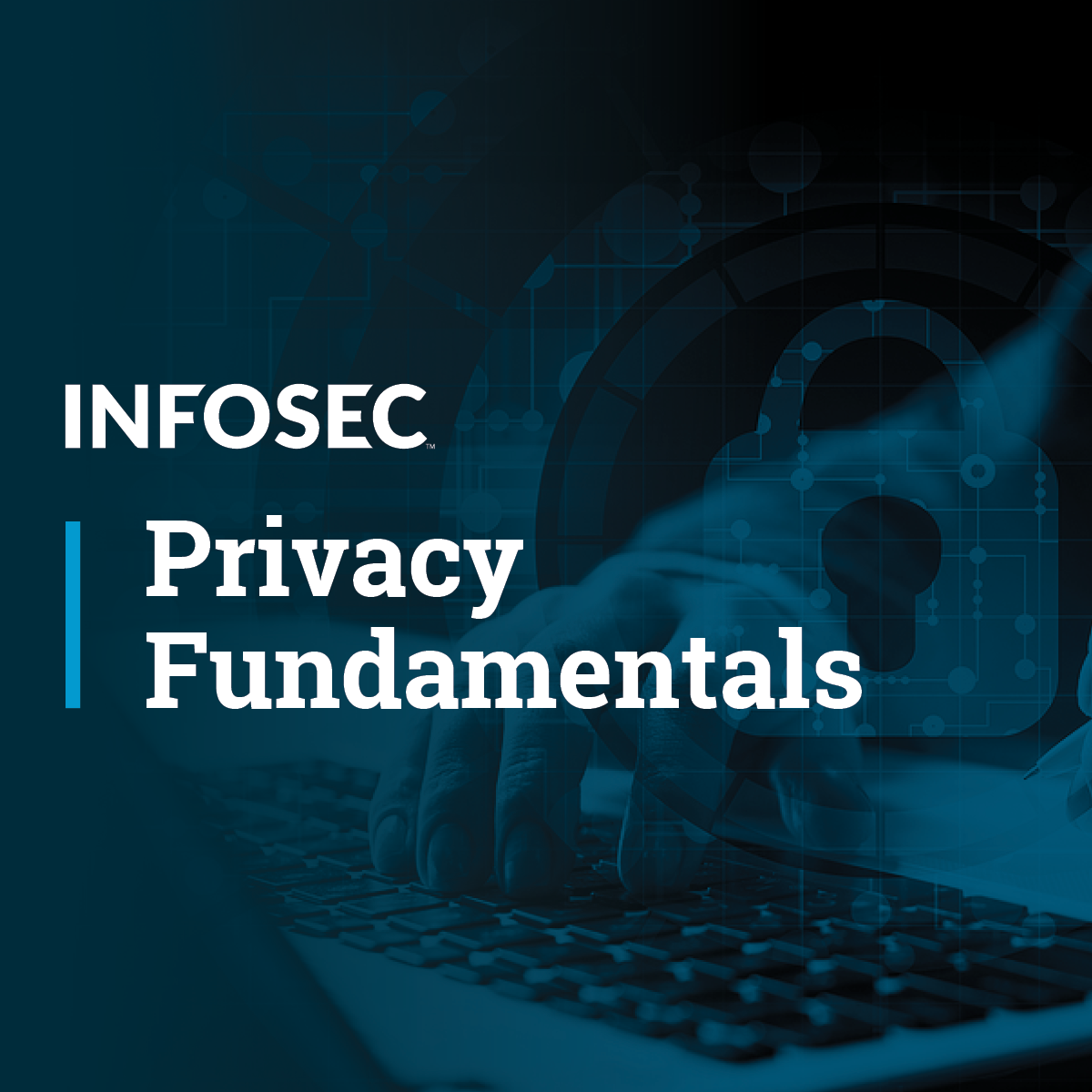
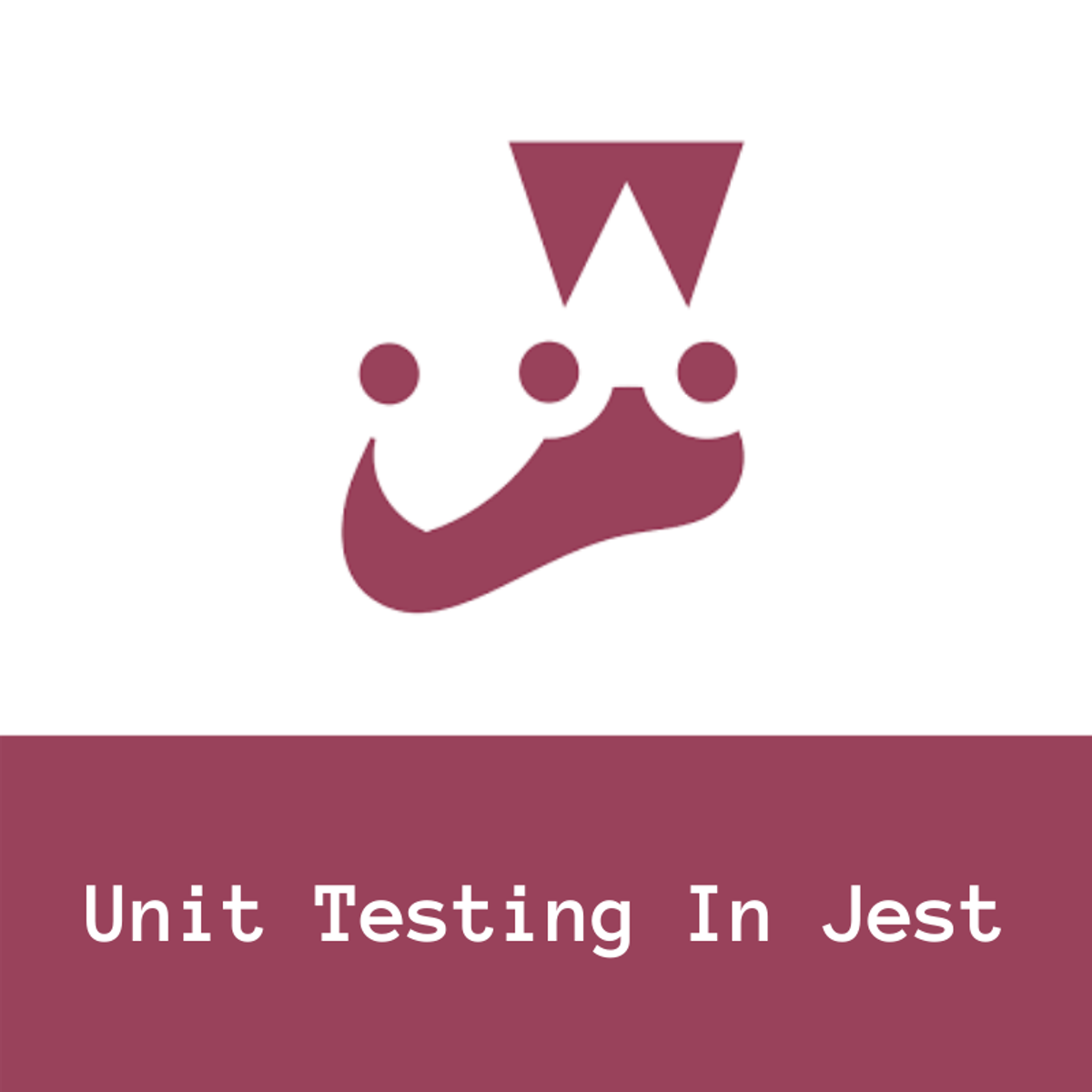


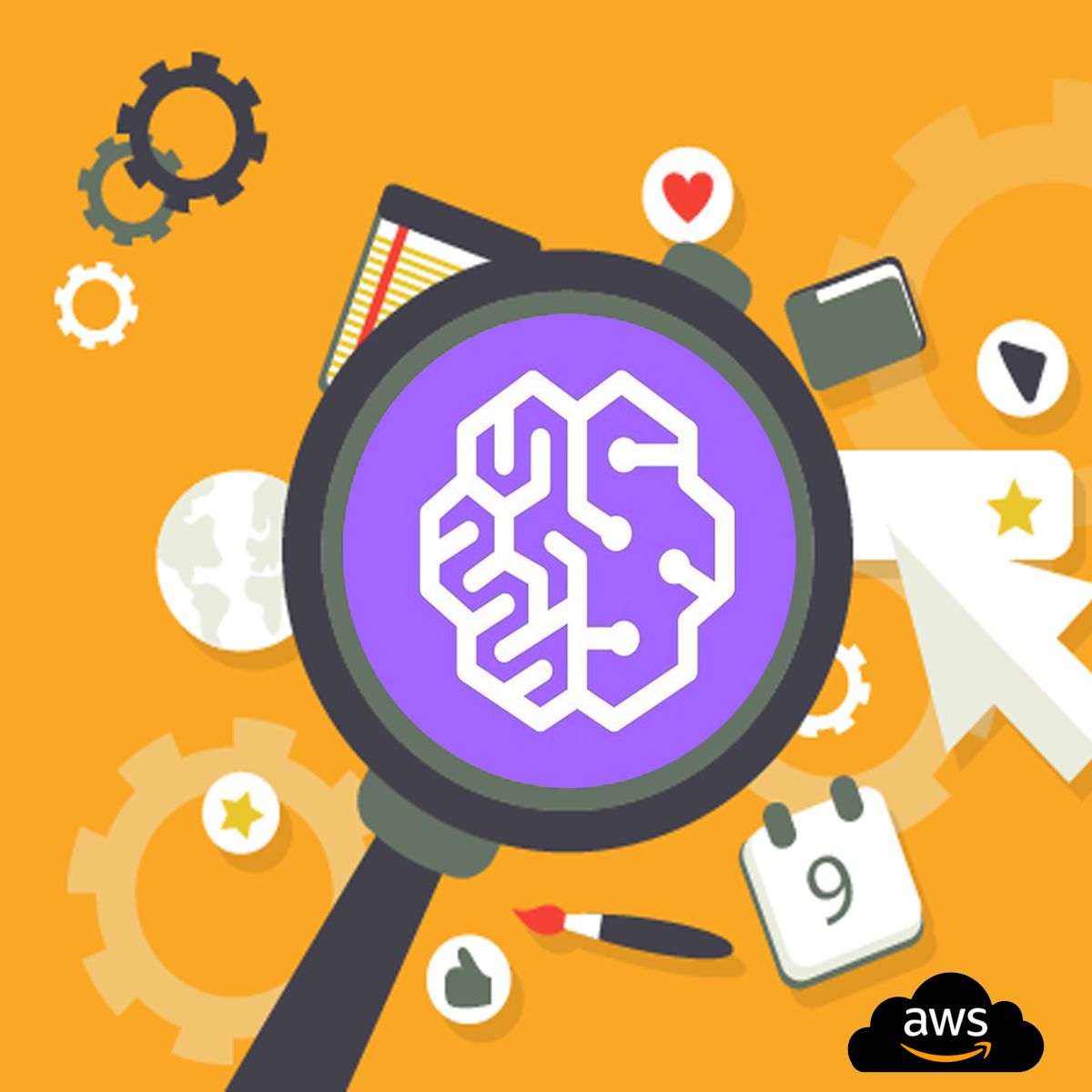



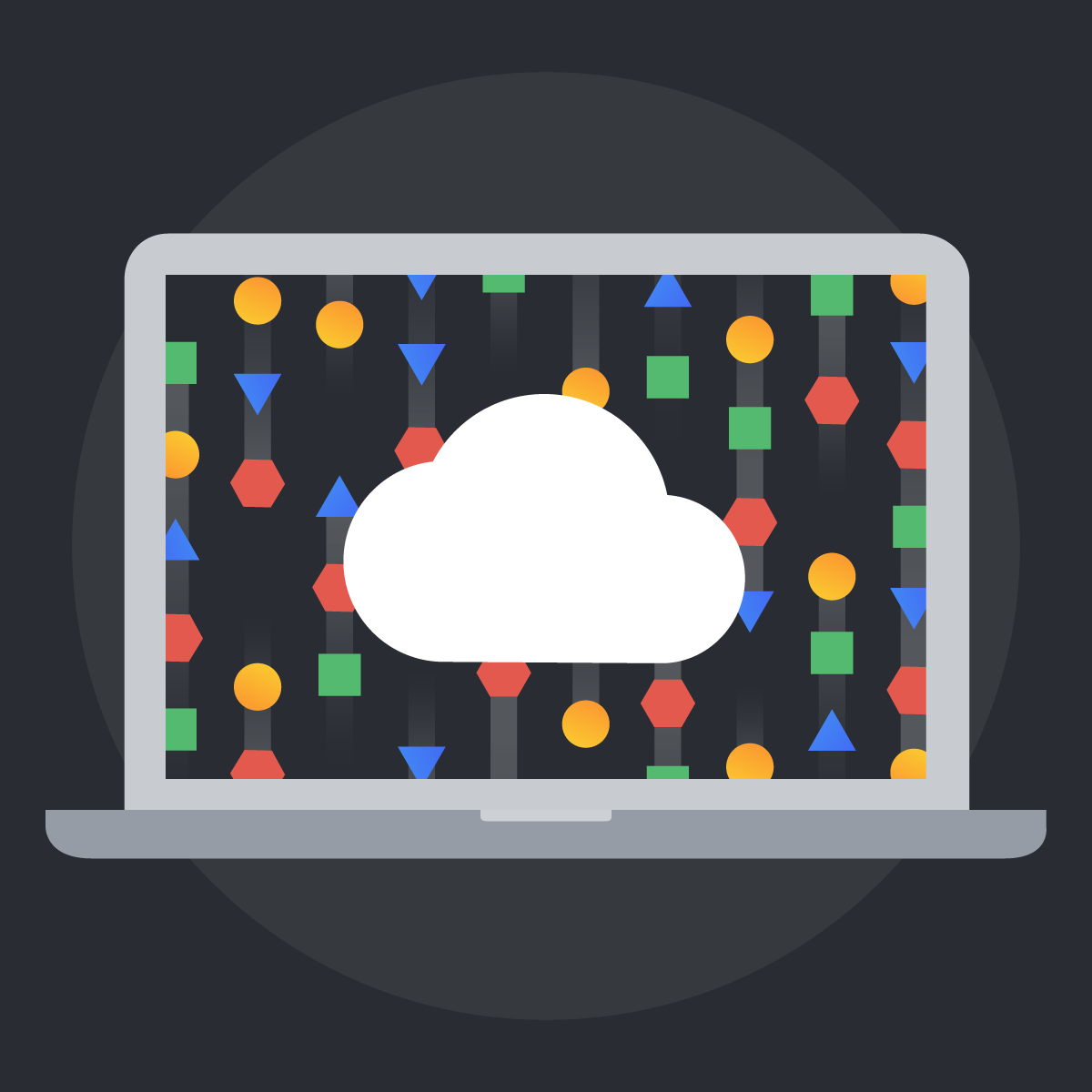
Information Technology Courses - Page 94
Showing results 931-940 of 1471

Cloud DNS: Traffic Steering using Geolocation Policy
This is a self-paced lab that takes place in the Google Cloud console.
In this lab you will configure and test the Geolocation routing policy.

Introduction to Privacy - Part 2
Part 2 of the Privacy Fundamentals course will cover data assessments, documentation and privacy rights. We will also explore different training methods including competency based training.

Introduction to Unit Testing in Jest - The Fundamentals
In this 1-hour long project-based course on Introduction to Unit testing In Jest, we will get to explore the anatomy of a Jest unit test, and begin writing code and subsequently, the tests for that code using the Jest framework.
By following this course, we will demystify unit tests and understand how we can use them to write better code. we will get practise across the general landscape of the Jest framework to and see how we can use the cool tools provided to us by the awesome Jest developers
We will learn all about the syntax of a test, general rules, common matchers, and then start working with testing in asynchronous code and API fetching and then move on to mocking.
Note: This course works best for learners who are based in the North America region. We’re currently working on providing the same experience in other regions.

Block.one: Getting Started with Smart Contracts
This is a self-paced lab that takes place in the Google Cloud console. In this lab, you create a virtual machine (VM) to host an EOSIO blockchain and build a simple smart contract.

Datadog: Getting started with the Helm Chart
This is a self-paced lab that takes place in the Google Cloud console. In this lab, you will learn how to use the Datadog Helm Chart.
In this lab you will run the Datadog Agent in a Kubernetes cluster as a DaemonSet in order to start collecting your cluster and applications metrics, traces, and logs. You can deploy a Datadog Agent with a Helm chart or directly with a DaemonSet object YAML definition.
In this lab you will be explaining and using those options in a real cluster, checking in real time the features they enable.

Explore insights from text analysis using Amazon Comprehend
In this one-hour project, you will understand how Amazon Comprehend works and how you can use the power of Natual Language Processing, NLP, and Machine Learning to extract information and explore insights from text. You will learn how to use Amazon Comprehend to extract entities, people, sentiments, and other elements from text like Tweets, understand how the results are organized, manipulate the data and generate a report to explore the insights.
Amazon Comprehend is a fully managed service and it is one of the most powerful Natural Language Processing engines in the market, so you can get up and running quickly, without having to train models from scratch.
Once you're done with this project, you will be able to use Amazon Comprehend to extract, analyze and explore insights in your documents in just a few steps.

Getting started with Certificate Authority Service: Qwik Start
This is a self-paced lab that takes place in the Google Cloud console.
The Google Certificate Authority Service (CAS) is a highly available, scalable Google Cloud service that enables you to simplify, automate, and customize the deployment, management, and security of private certificates.

Manage Docker Networking
If you use Docker to develop and deploy apps, then learning about Docker's built-in networking capabilities could be valuable to you. It is possible to simulate a networked environment using Docker. You would not have to purchase and set up expensive hardware, and that would save you time and money.
In this project, you will pretend to be the employee of a fictional company named Acme. You will learn about creating a Docker network, running containers so that they join a particular network, inspecting network objects, testing connectivity, and managing networked containers. There are also two optional hands-on practice activities to help you learn these new skills with confidence.

Access Control Concepts
Welcome to course 3 of 5 of this Specialization, Access Control Concepts.
In Course 1, we introduced access control concepts. Now, we will take a more detailed look at the types of access control that every information security professional should be familiar with. We will discuss both physical and logical controls and how they are combined to strengthen the overall security of an organization. This is where we describe who gets access to what, why access is necessary, and how that access is managed.
After completing this course, the participant will be able to:
Select access controls that are appropriate in a given scenario.
- Relate access control concepts and processes to given scenarios.
- Compare various physical access controls.
- Describe logical access controls.
- Practice the terminology of access controls and review concepts of access controls.
Agenda
Course Introduction
Module 1: Key Concepts
Module 2: Administrative Controls
Module 3: Physical Controls
Module 4:Logical Controls
Module 5: Controls Review
This training is for IT professionals, career changers, college students, recent college graduates, advanced high school students and recent high school graduates looking to start their path toward cybersecurity leadership by taking the Certified in Cybersecurity entry-level exam.
There are no prerequisites to take the training or the exam. It is recommended that candidates have basic Information Technology (IT) knowledge. No work experience in cybersecurity or formal education diploma/degree is required.

Introduction to Digital Transformation with Google Cloud
What is cloud technology or data science? More importantly, what can it do for you, your team, and your business?
If you want to learn about cloud technology so you can excel in your role and help build the future of your business, then this introductory course on digital transformation is for you.
This course defines foundational terms such as cloud, data, and digital transformation. It also explores examples of companies around the world that are using cloud technology to revolutionize their businesses. The course provides an overview of the types of opportunities and challenges that companies often encounter in their digital transformation journey and aligns them with the Google Cloud solution pillars. But digital transformation isn't just about using new technology. To truly transform, organizations also need to be innovative and scale an innovation mindset across the organization. The course offers best practices to help you achieve this.
Popular Internships and Jobs by Categories
Browse
© 2024 BoostGrad | All rights reserved


